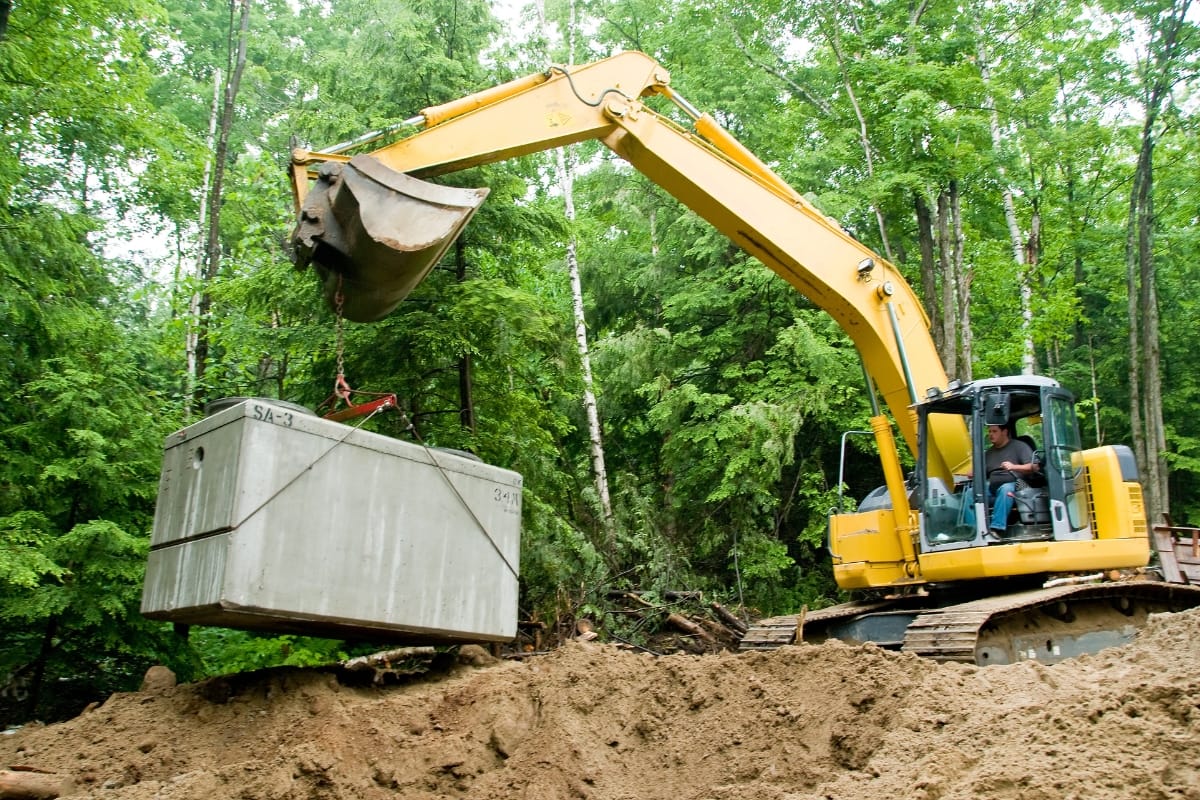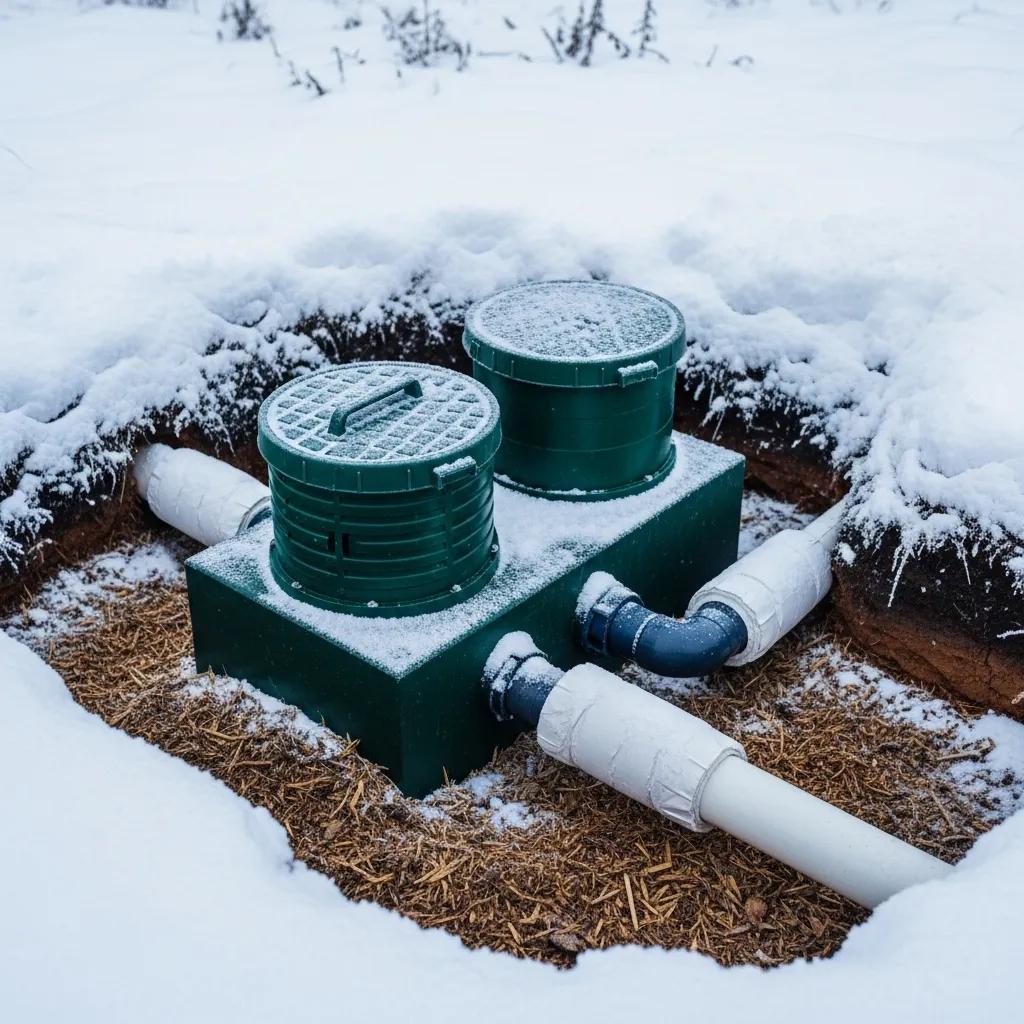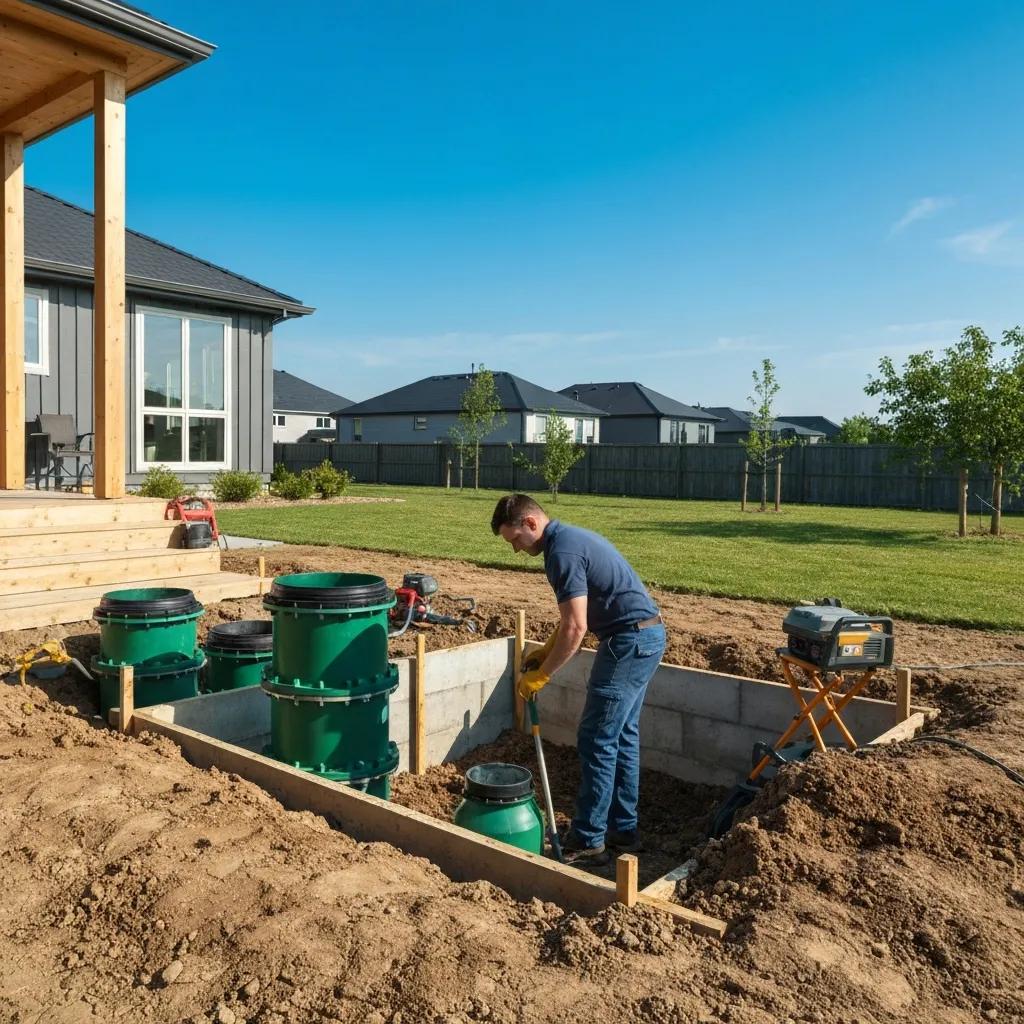When it comes to managing wastewater effectively, choosing the right type of septic system is essential—especially in areas with specific soil challenges or environmental considerations. Mound and conventional septic systems are two popular options, each tailored to different site requirements.
Mound systems are designed for properties with high water tables or soil that drains poorly, while conventional systems are best suited for more standard soil conditions.
We’re going to take a look at the primary differences between a mound septic system vs conventional ones, looking at factors like design, installation, maintenance, and cost-effectiveness. Whether you’re planning a new build or updating an existing system, understanding these options can help you select the best approach for efficient and sustainable wastewater treatment.
Mound Septic System vs Conventional: A Homeowner’s Guide
Understanding the Basics: Mound Septic System Overview
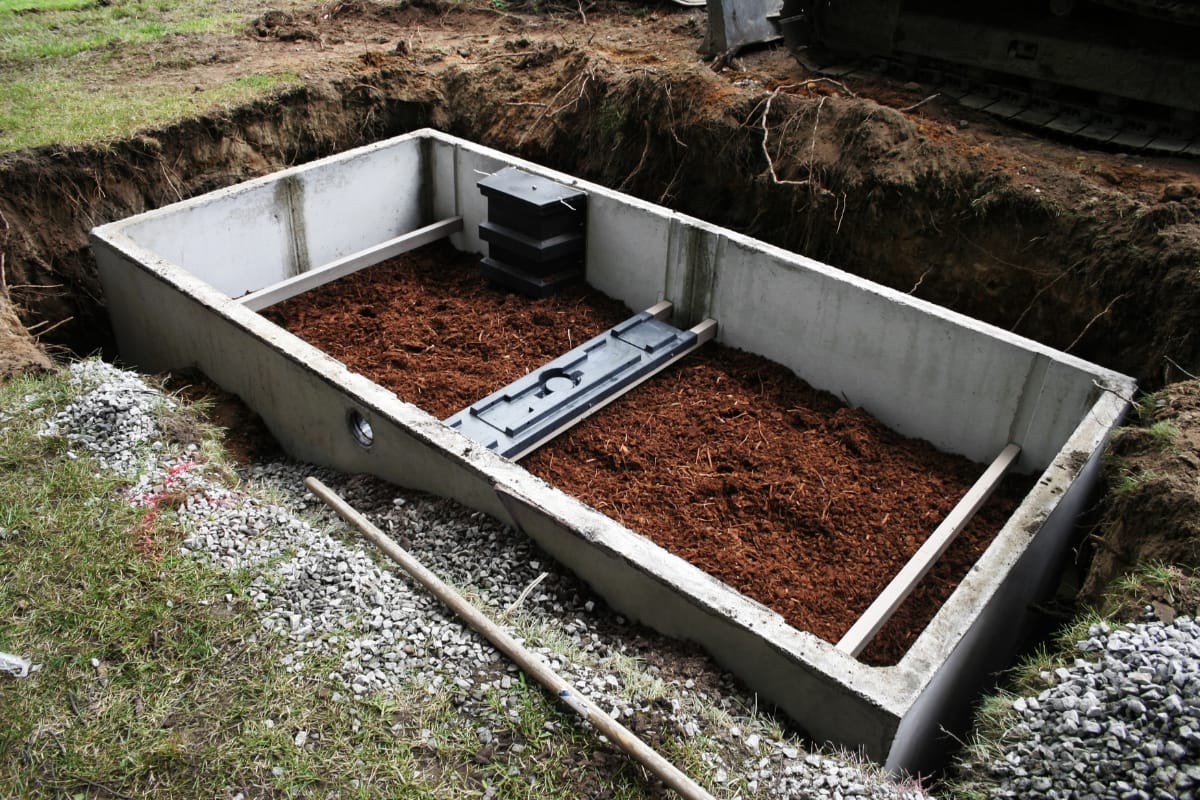
To understand why a mound septic system might be chosen over a conventional setup, it’s essential to recognize the unique functions and requirements of each. A mound septic system is specifically engineered for properties with challenging soil conditions, such as those with poor drainage, shallow soil depth, or high groundwater levels.
Unlike a conventional septic system, which disperses treated wastewater directly into the ground, a mound system raises the treatment area above ground level. The mound itself is built from layers of sand and gravel, forming a raised bed that acts as a natural filter, allowing wastewater to be treated effectively before it reaches the soil.
Conventional systems, typically used on properties with permeable soil and low groundwater, involve a septic tank and a drainfield. The septic tank allows solid waste to settle, while bacteria break down organic matter. The treated liquid effluent is then dispersed into a drainfield, where soil further purifies it before it reaches the groundwater.
The differences between the two lie in how they adapt to their environments. The mound system’s raised construction compensates for soil or water limitations by creating an artificial environment suitable for safe wastewater treatment.
Unveiling Tradition: Exploring the Conventional Septic System Setup
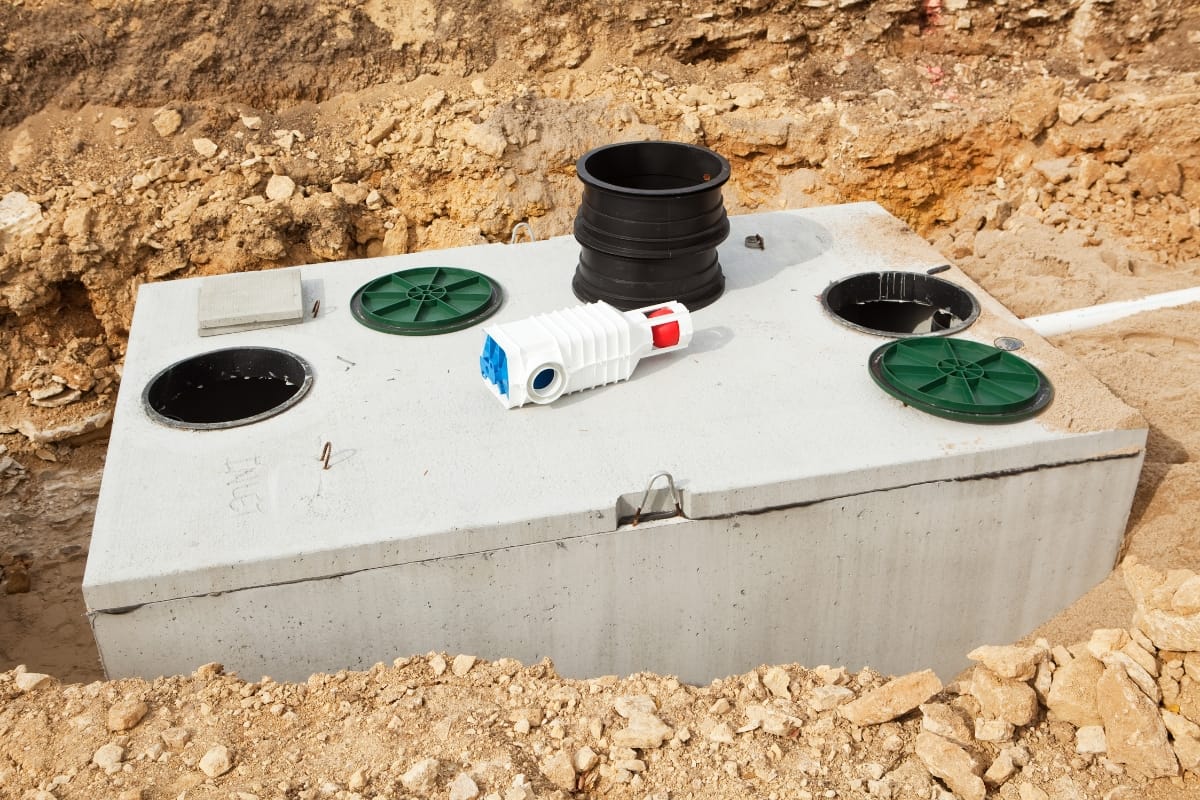
The conventional septic field has been a trusted solution for wastewater treatment in residential settings for decades. Its design is both simple and effective, particularly suited for properties with favorable soil conditions and ample space.
A conventional septic system generally includes two main components: a septic tank and a drainfield. Wastewater from the home flows into the septic tank, where it separates into distinct layers. Heavier solids settle at the bottom, creating sludge, while oils and other lightweight substances float to the top as scum. The remaining liquid, called effluent, is channeled from the tank into the drainfield for further treatment.
The drainfield itself is designed as a series of trenches filled with gravel or another porous material and fitted with perforated pipes.
As the effluent moves through these trenches and gradually into the surrounding soil, the soil acts as a natural filter, removing bacteria, viruses, and other contaminants. This filtration process not only cleanses the effluent but also helps protect nearby groundwater from pollution, making conventional systems a sustainable option in suitable conditions.
Maintenance is straightforward yet essential. Regular septic tank pumping—usually every 3-5 years, depending on household usage—prevents the buildup of sludge and scum that could otherwise overflow into the drainfield and clog the soil pores. Proper maintenance helps extend the lifespan of the system and prevents costly repairs. Conventional systems are particularly well-suited for rural and suburban areas where soil is permeable, and space is available for a sizable drainfield.
While effective, conventional systems have limitations. They rely heavily on the soil’s drainage capabilities, so they’re unsuitable for properties with high water tables, dense clay soils, or restricted space. In these cases, alternative systems like mound or aerobic septic systems are often recommended to ensure safe and efficient wastewater treatment.
Environmental Impact: Comparing Mound and Conventional Systems
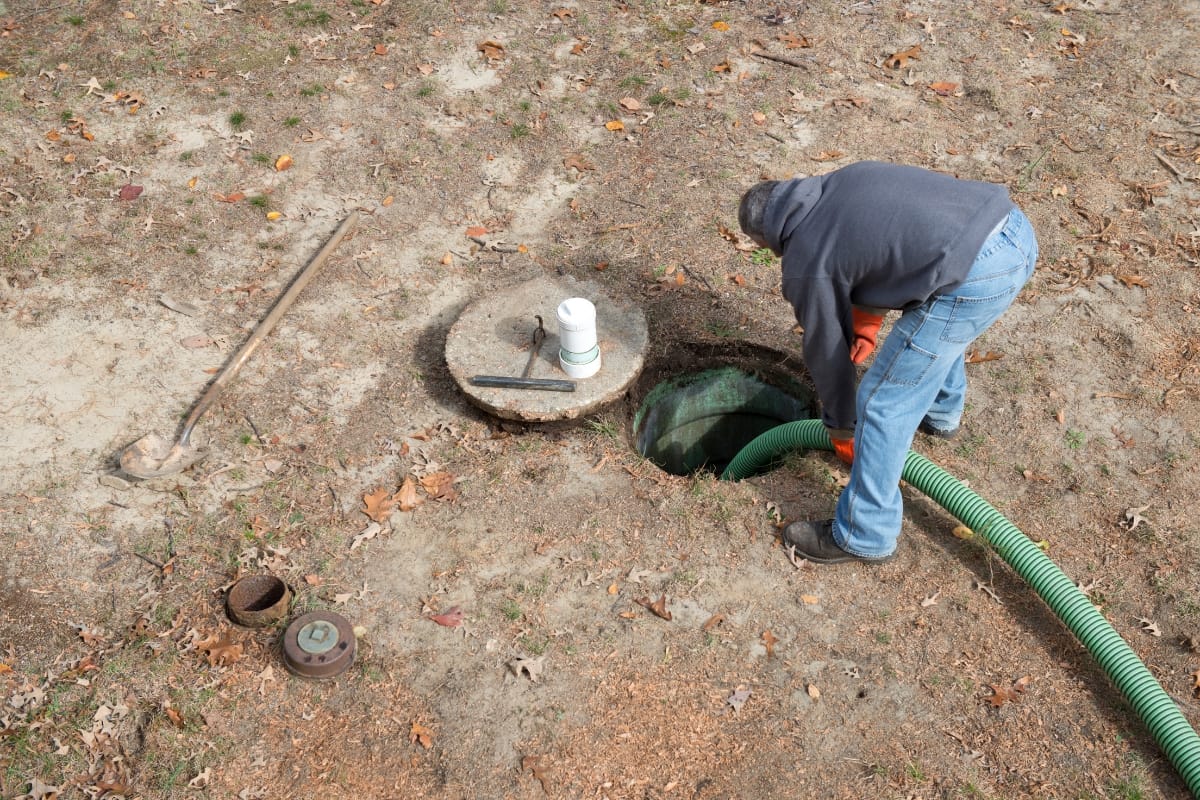
When evaluating the environmental impact of septic systems, both mound and conventional systems offer unique advantages, but they also come with specific considerations.
A mound septic system is engineered with environmental protection in mind, especially for areas where soil conditions or water tables present challenges. By elevating the drainfield, mound systems provide a crucial barrier between treated wastewater and groundwater, making them an ideal choice for properties with high groundwater levels, dense clay soil, or locations prone to seasonal flooding.
The raised design allows for a thorough filtration process through layers of sand and gravel, which improves wastewater treatment and reduces the likelihood of contaminants seeping into nearby water sources. This design feature can be vital in ecologically sensitive areas or properties adjacent to water bodies.
Conversely, conventional septic systems use the natural filtration properties of the soil to treat wastewater. Under the right conditions—such as well-draining, loamy soil with adequate depth—conventional systems are highly effective at breaking down and filtering contaminants. However, these systems can pose risks if the soil is not suited to handle wastewater effluent.
For instance, in regions where soil is too compact, has a high clay content, or where seasonal saturation occurs, there’s an increased potential for untreated wastewater to migrate towards groundwater sources, potentially impacting water quality. This risk is even greater if the system is installed near wells, rivers, or lakes that serve as drinking water sources.
Choosing between these systems requires a careful assessment of your property’s environmental factors. Professional site evaluation, including soil testing and groundwater level assessment, will help determine which system aligns best with both regulatory standards and environmental considerations.
Cost Considerations: Financial Analysis of Mound vs Conventional

When evaluating the cost of mound versus conventional septic systems, it’s essential to weigh both the upfront installation expenses and the anticipated long-term maintenance costs.
Installation Costs
Mound systems typically come with higher initial installation costs. This is largely due to the extensive preparation required for constructing the raised mound, including added materials like sand and gravel.
Specialized engineering is also often necessary to ensure the mound provides effective filtration and remains stable over time. For properties with high water tables or challenging soil conditions, a mound system can be the best solution, despite the initial investment, as it addresses environmental concerns and regulatory compliance.
In some areas, grants or incentives may be available to offset the higher cost, especially if the system is being installed to protect sensitive environmental areas.
Long-Term Maintenance
Conventional septic systems are simpler in design, often making them more affordable to install initially. However, they require regular maintenance, such as tank pumping every few years, which can add to the total cost over time.
Additionally, in cases where the system fails or leaks due to soil issues or insufficient filtration, the cost of repairs or environmental remediation can be substantial.
Comparing Overall Costs
For property owners weighing costs, it’s important to look beyond just the initial price tag. The choice of system depends on specific site conditions, regulatory requirements, and long-term value.
While mound systems have a higher initial expense, they are engineered to reduce environmental impact and may require fewer major repairs if installed correctly. On the other hand, while conventional systems might save money upfront, they could incur higher maintenance and repair expenses over the years.
Installation Challenges: Mound System vs Conventional Placement
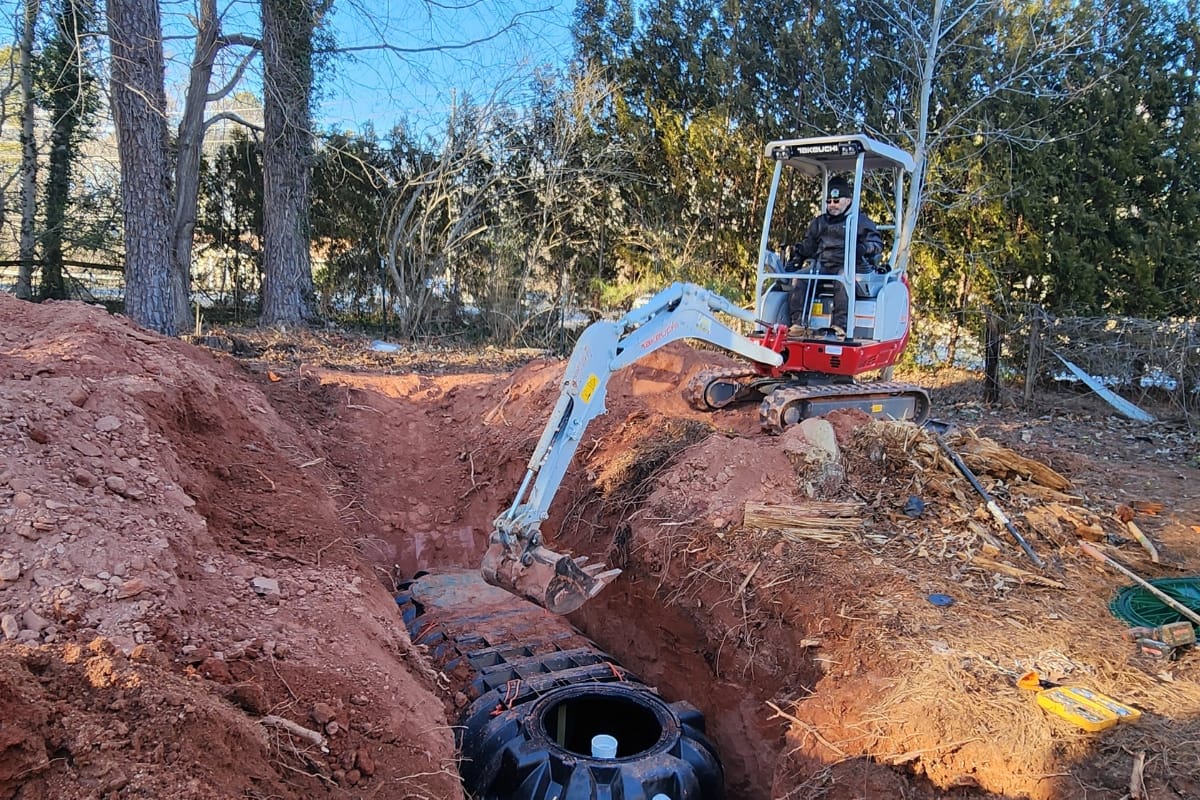
The installation process for mound and conventional septic systems involves different challenges, each shaped by the specific conditions of the property and local regulations.
Mound Septic System Installation
Installing a mound septic system is more complex than a conventional setup due to the engineering required to construct a stable, raised mound. This system is often necessary for properties with high water tables, bedrock close to the surface, or poorly draining soils.
Before installation, professionals must evaluate the topography to determine an appropriate location that will ensure proper drainage without risk of erosion or instability. The mound itself must be carefully layered with sand, gravel, and soil to filter wastewater effectively, while considering slope and contour to prevent runoff or erosion issues.
Mound systems also require adequate space for the mound and must adhere to setback regulations, ensuring safe distances from wells, property lines, and neighboring structures.
Conventional Septic System Installation
Conventional systems are generally simpler to install and are suited for properties with well-draining soil and low water tables. Although they do not require the construction of a raised mound, conventional systems still require an assessment of soil quality and depth to confirm that natural filtration will work effectively.
The system’s drainfield must be situated away from potential contamination sources and ideally on flat or gently sloping ground. High water tables or nearby water bodies can complicate conventional installations, and the property must meet local setback requirements to protect water sources.
Given the complexities of both systems, consulting with a licensed installer or soil evaluator is essential. They will conduct percolation tests, evaluate local regulations, and provide guidance on the best system for the site.
Maintenance Matters: Long-Term Care for Mound and Conventional Systems
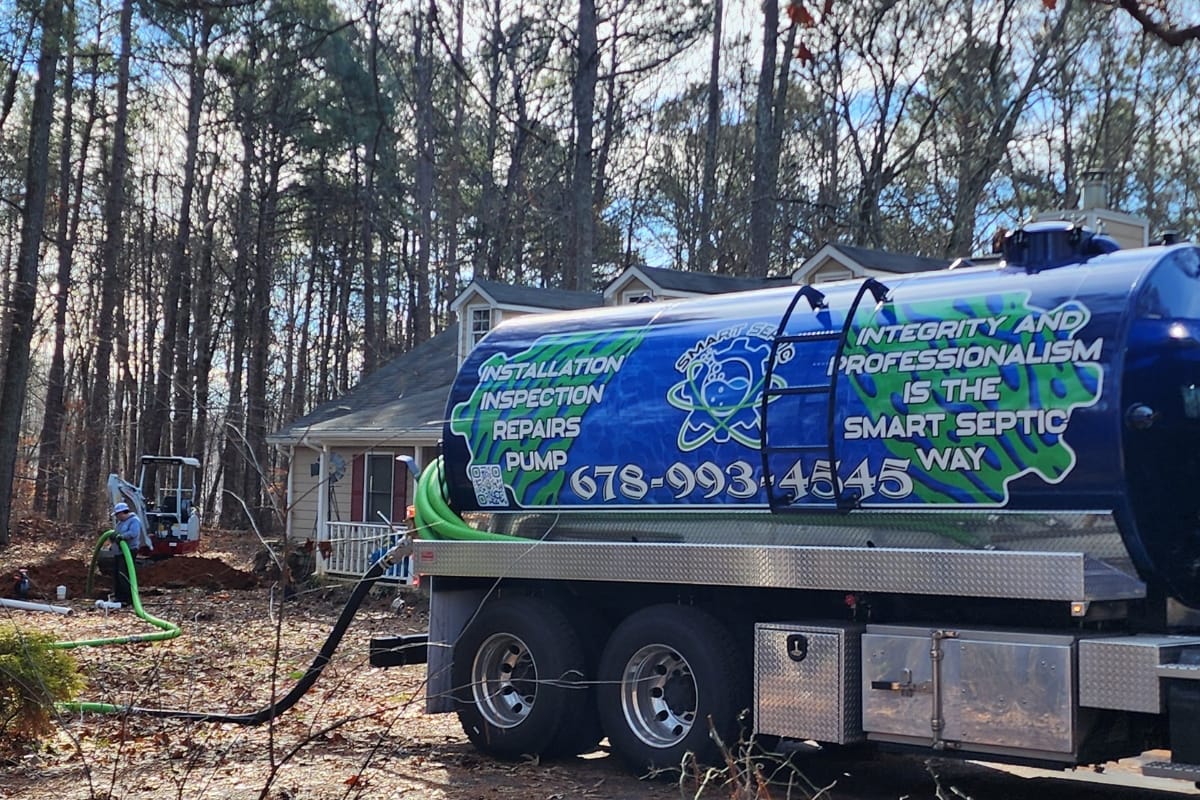
Maintenance Matters: Long-Term Care for Mound and Conventional Septic Systems
Regular maintenance is essential to ensure the longevity and effective functioning of both mound and conventional septic systems. Each system type has unique maintenance needs due to differences in design and environmental considerations.
Mound Septic System Maintenance
Given the specialized design of a mound septic system, regular inspections are necessary to monitor the stability and integrity of the raised mound. The mound itself, constructed of sand, gravel, and soil, may experience erosion or settling over time.
If erosion becomes significant, sand or soil replenishment may be required to maintain proper filtering capability. Mound systems often incorporate pumps or dosing chambers to control the flow of wastewater into the mound, which also require regular inspection to ensure they are functioning correctly.
Neglecting the pump system can lead to pooling or uneven distribution, potentially causing system failure or environmental contamination.
Conventional Septic System Maintenance
Maintenance of conventional systems primarily involves regular pumping of the septic tank every 3-5 years, depending on household size and water usage. Pumping removes solids that could otherwise clog the drainfield, protecting it from overload.
Additionally, homeowners should avoid flushing non-biodegradable items (such as wipes, feminine products, and plastics) and should minimize the use of harsh chemicals that can disrupt the natural bacteria responsible for breaking down waste. These practices help maintain the biological balance necessary for effective treatment within the tank.
For both system types, scheduling routine professional inspections is invaluable. Professionals can assess the functionality of each component, identify early signs of trouble—such as slow drainage, unusual odors, or signs of surface pooling—and provide targeted recommendations to avoid costly repairs.
Regular professional maintenance helps ensure both systems operate efficiently, preserving property value and protecting local water quality.
Regulatory Realities: Zoning and Legalities Surrounding Both Systems

When it comes to mound septic systems vs conventional systems, understanding the regulatory realities is crucial. Zoning laws play a significant role in determining the feasibility and installation processes of both systems.
- Zoning Regulations: Zoning ordinances dictate where septic systems can be installed and their specific requirements. For mound septic systems, the regulations may be more stringent due to their above-ground nature, impacting the system’s size and design.
- Permitting Process: Navigating the legalities surrounding septic systems involves obtaining permits. Municipalities may have different permitting processes for mound septic systems compared to conventional ones, requiring detailed plans and inspections.
- Environmental Impact: Regulatory bodies often consider the environmental impact of septic systems. Conventional systems may have different requirements than mound systems when it comes to issues like soil absorption and proximity to water sources.
- Maintenance Regulations: Zoning and legalities also govern the maintenance of septic systems. Understanding the requirements for routine inspections and upkeep is essential for both mound and conventional systems to ensure compliance.
- Future Expansion: Zoning laws may influence the future expansion of properties with septic systems. Mound systems may have limitations on expansion due to space constraints, while conventional systems could offer more flexibility based on zoning regulations.
By complying with zoning laws and legal requirements, the installation and maintenance of these systems can proceed smoothly while minimizing potential issues down the line.
Choosing Wisely: Factors to Consider When Deciding Between Mound and Conventional

Selecting the right septic system is crucial for long-term functionality, environmental safety, and property value. When choosing between a mound septic system and a conventional septic system, several factors come into play, each impacting installation, maintenance, and overall effectiveness.
- Soil Conditions: Soil type is a major consideration. Conventional septic systems require well-draining soil to filter wastewater effectively. However, properties with heavy clay or shallow soil often benefit from mound systems, which are raised above ground and provide additional filtration layers. Soil tests can reveal permeability, giving insight into which system will perform best.
- Groundwater Levels: High groundwater poses a risk for traditional systems because wastewater can seep into water tables, potentially contaminating them. Mound systems are specifically designed for properties with high groundwater, as they create a buffer zone between wastewater and natural water sources.
- Proximity to Water Sources: If your property is close to lakes, rivers, or wells, you’ll want a system that minimizes environmental impact. Mound systems help reduce the risk of wastewater seeping into nearby water sources by adding height and separation, protecting these areas from contamination.
- Property Topography: Sloping or uneven land can affect drainage and installation costs. Mound systems offer greater flexibility on hilly or uneven terrains by creating a stable base for wastewater filtration. On relatively flat properties with good soil, a conventional system is usually simpler and more cost-effective.
- Budget for Installation and Maintenance: Mound systems generally have higher installation costs due to additional materials (such as sand and gravel) and engineering. However, the reduced risk of contamination and tailored filtration often balance these costs over time. Conventional systems are less expensive upfront but require frequent inspections and maintenance in certain environments.
- Local Zoning Regulations: Regulations vary, and some areas have specific rules regarding the types of systems allowed. Consulting with local health departments and a licensed septic professional will ensure compliance and help avoid potential legal issues or fines.
By assessing these factors and working with a professional, you can select a system that meets your needs while safeguarding the environment and aligning with local regulations. Taking the time to choose wisely can result in a durable, reliable septic solution that complements your property’s unique characteristics.
Conclusion: Making an Informed Decision for Your Wastewater Management
Understanding the differences between mound septic systems and conventional setups is essential for selecting the right fit for your property’s needs and environmental conditions. This requires careful consideration of various factors such as environmental impact, cost considerations, installation challenges, and long-term maintenance requirements.
If you need expert guidance in determining which septic solution is best for you, Smart Septic Pros is here to assist. Call us at 678-993-4545 or address your septic needs by booking a service through our site form. Let us help you make an informed decision for a reliable, efficient, and environmentally friendly septic system.
